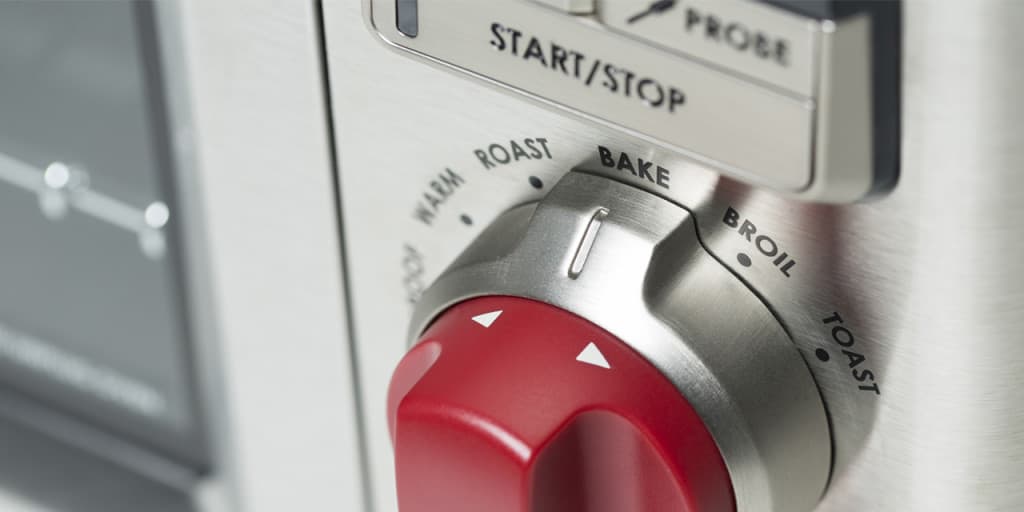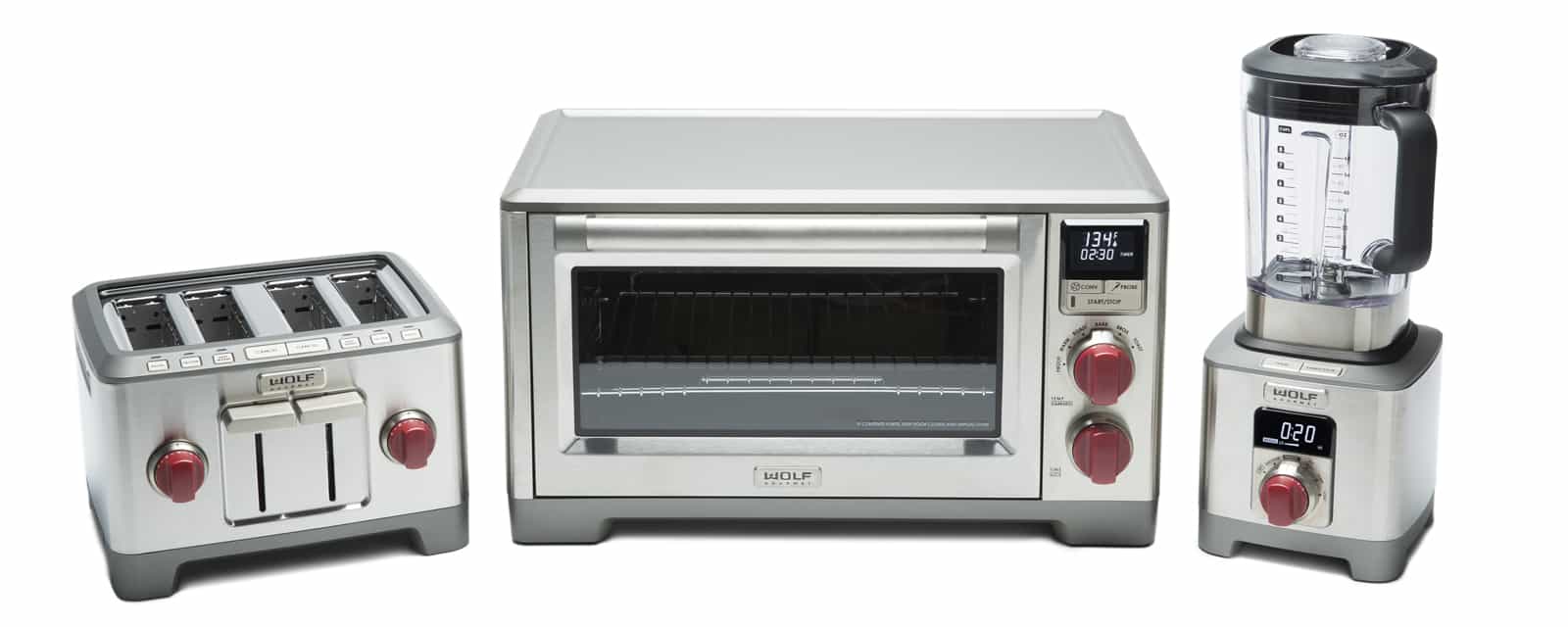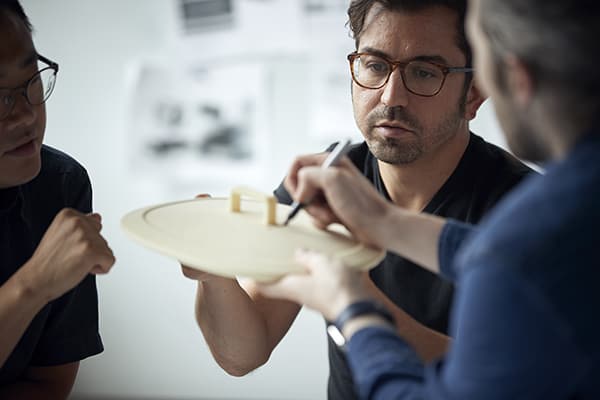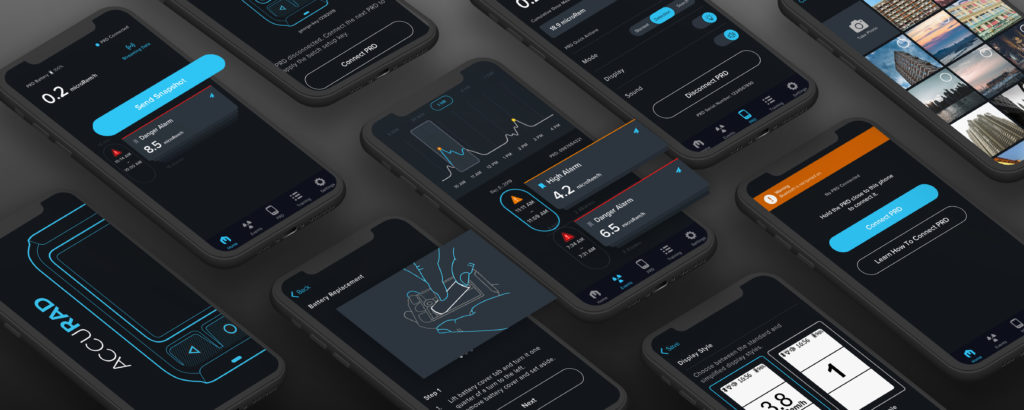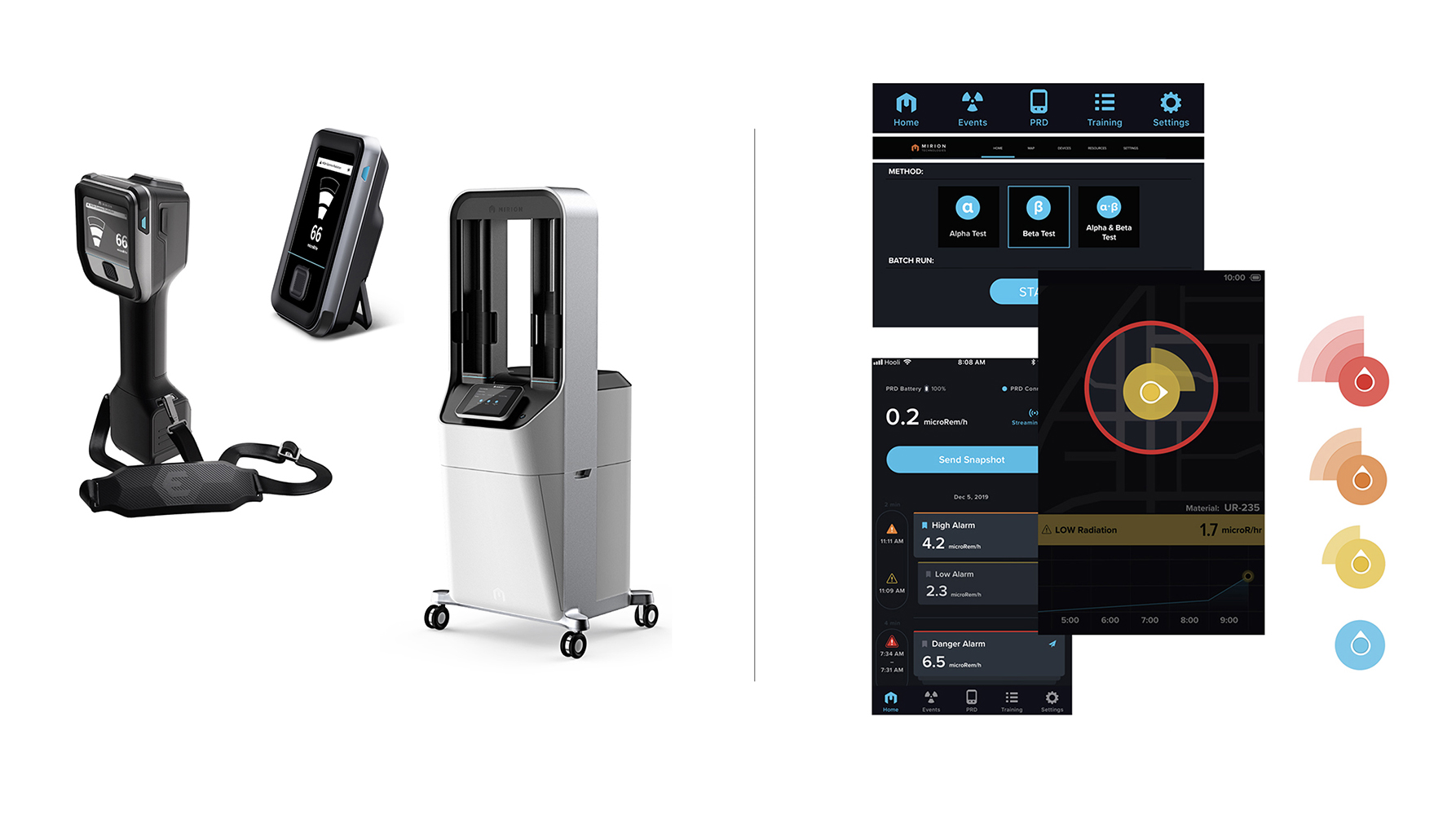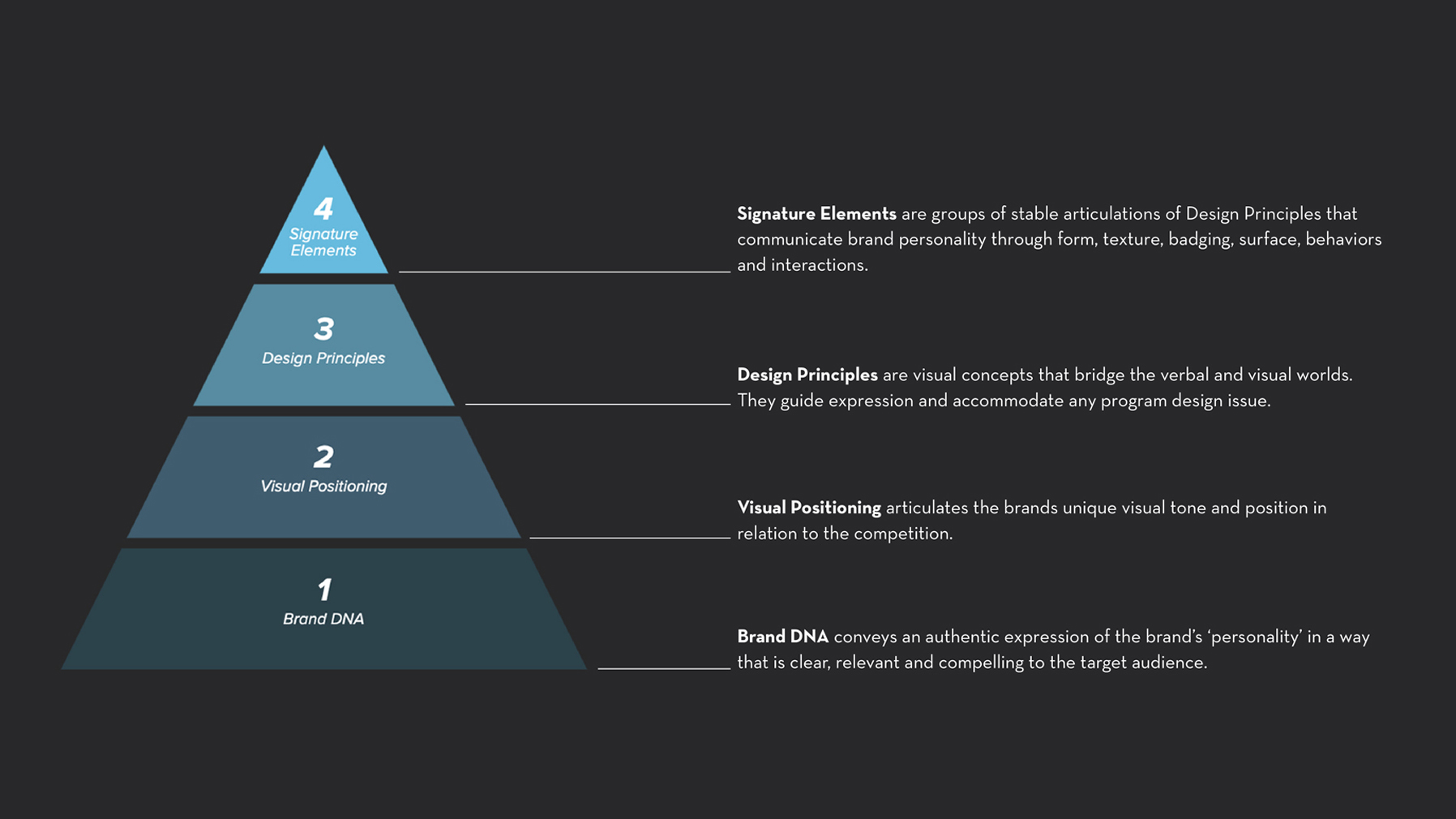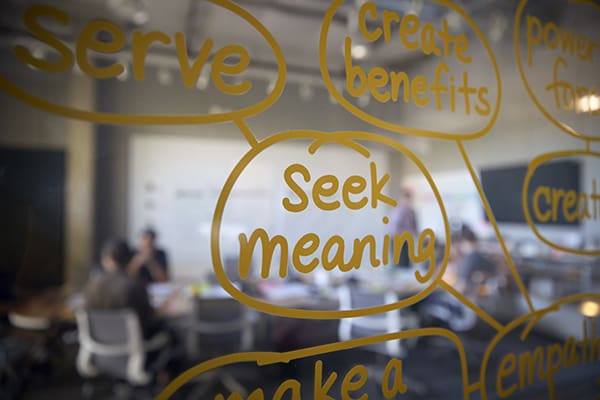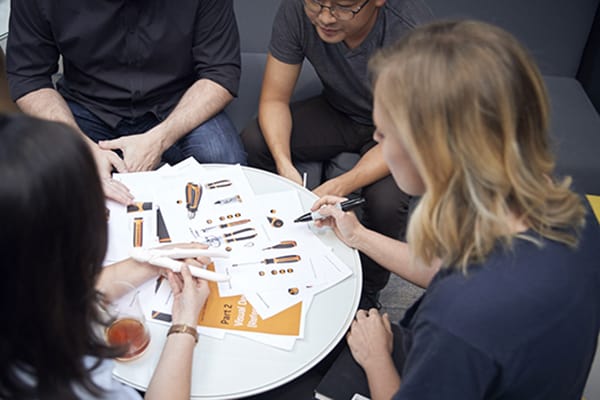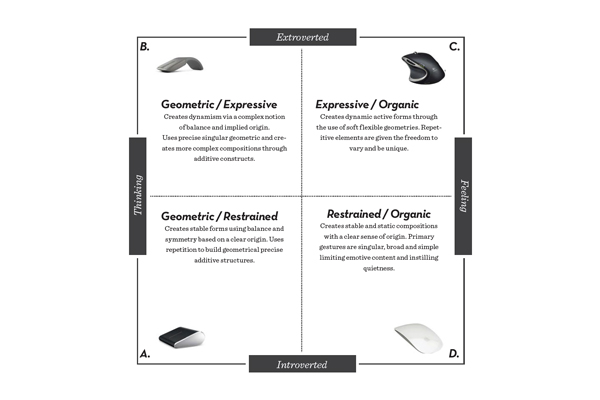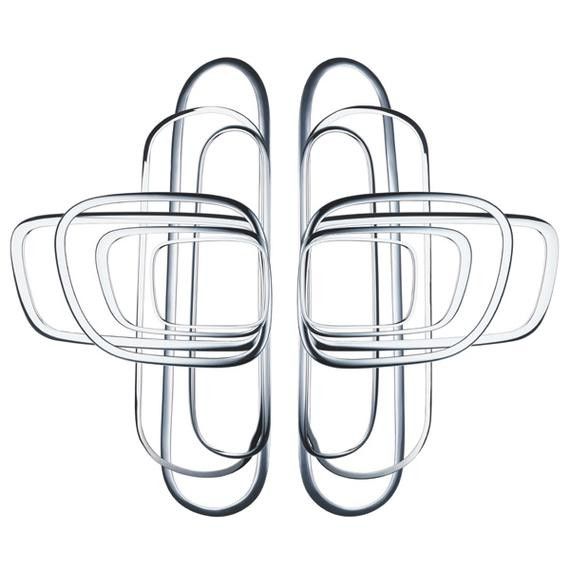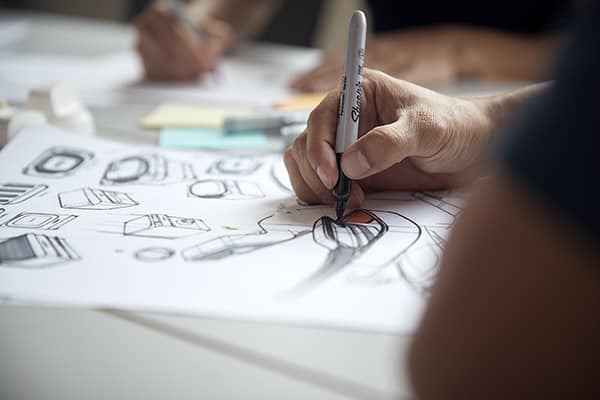How To Build a Product Design Language: What It Is & Why You Need To Create A Meaningful One.
In this article, we delve into the what, the why and the how of building a product design language. As the world becomes more and more saturated with products and services, it’s more important than ever for brands to establish visual and behavioral recognition in the market in order to stand out and survive. By visually and experientially reflecting the essence and unique personality of a brand, a strong product design language provides a common values-based vision for designing and developing future products — one that inspires emotional resonance with the targeted audience. With a strong, modern product design language, you can be seen, be recognized, be differentiated, and be successful.
As the world becomes more and more saturated with products and services and people are presented with increasingly more product options, brands need to establish visual recognition in the market to stand out and survive — to quickly communicate who they are, what they stand for, and why you should choose their coffee maker, blender, yoga mat, etc. over all the others. The key? Developing a strong Product Design Language.
THE WHAT AND WHYS OF A PRODUCT DESIGN LANGUAGE
What is a Product Design Language?
From a high-level standpoint, a product design language is a brand expression strategy that translates your values — e.g., simple, intuitive, precise, etc. — into a physical thing in three dimensions, emotionalizing tangible interactions and visually reflecting the essence and unique personality of your brand. Tactically, it’s a toolkit that combines chosen elements like color, form, line, tone, texture, scent, sound, and imagery to convey and underscore the brand’s purpose and emotions to create a familial look across a product line. It’s the ambiance your brand should create within a given moment and provides a shared vision for designing and developing future products.
That basic definition is helpful, but a product design language really goes beyond just identifying a set of design elements, and we’ve found that to understand what a design language really is, it’s helpful to understand what a good one does — in other words, what the value of a product design language is. Why should you care about having one? There are many reasons, truthfully, but here are the big seven:
1. IT GUIDES THINKING AND ACTION
Having a reliable structure and framework for product developers to internally validate their thinking and actions against means they can focus more on moving the brand forward rather than worrying about justifying the soundness of what they are doing.
2. IT REDUCES DESIGN DEBT
A product design language accelerates the design process by providing product teams with a clear vision in precise and inspiring terms for how a brand’s future product should look, feel, sound, and behave – physically and digitally – in two- and three dimensions.
3. IT SCALES DESIGN
A product design language applies systems thinking to provide clear guidelines for each product platform in your portfolio, enabling teams to build better products faster — making design repeatable and scalable within the organization.
4. IT REDUCES ORGANIZATIONAL FRICTION
Having a clear vision of the future helps product development teams avoid spending hours on decision-making through reinventing and debating design directions based on opinion. Instead, efforts are focused on communicating a shared and understood brand personality, so teams can collaborate quickly to produce the products customers want.
5. IT IMPROVES BRAND EQUITY
Aligning your products’ visual appearance and digital behaviors with your brand’s DNA creates consistency, differentiation, and relevance. It delivers a singular, powerful expression of who you are and what your brand stands for. Ultimately, increasing the worth of the company by building brand equity.
6. IT CREATES DIFFERENTIATED EXPERIENCES
A product design language is a holistic design language system that articulates how products should look, feel, sound, and behave. This robust, multi-sensorial approach deepens a brand’s ability to create an own-able experience that resonate with consumers, which is difficult for the competition to emulate.
7. IT ACCELERATES NEW PRODUCT DEVELOPMENT
A product design language internally reduces development time through the standardization of elements. When you’ve taken the time to define the necessary design systems, tools, people, and processes, you spend less time reinventing the wheel for each new product introduction. A common starting point enables product development teams to draw from a repository of known design principles and building blocks that result in faster time-to-market.
Companies often don’t see why they need to worry about having a product design language, especially early on in their development when they only have one product, but by being proactive about your product design language’s development, you can create a distinct identity from the very start. Shortening the product development time for your second product introduction. The point: once you have more than one product, you should already be thinking about how they appear as a family and the holistic experience they need to be delivering. The last thing you want is for them not to look like they belong together and come from the same brand; don’t lose out on building brand equity from the very start through a coherent appearance and predicting behavior that fosters customer engagement.
THE BUILDING BLOCKS OF A PRODUCT DESIGN LANGUAGE
How do you build a Product Design Language?
We use a four-layered pyramid to transform the essence of a brand into a unique, repeatable, three-dimensional interactive and visual language. Each layer builds on the concepts of the previous one, with a progression from abstract to specific design applications.
1. Core Purpose, Values, and Meaning
Nothing happens without someone, somewhere having a vision — be it big or small — and that vision is typically driven by a Core Purpose. The reason you exist, the difference you are trying to make in the world. Without a core purpose and vision, your company is going nowhere. A product design language is your primary tool for conveying that purpose to your audience, requiring absolute clarity on what it is and why it matters. If you don’t have complete clarity on the purpose of your organization and what the vision of the future is for your company and its brands, you may want to consider pausing your design language development efforts.
Why?
Brand building has become trickier and increasingly more complicated. Consumers are now active participants in value creation, both discerning and empowered; they drive today’s economy forward—not enterprises. They insist on better experiences, and if you don’t deliver them—someone else will. You must know them and know them deeply. Create products that fulfill their desires, deliver on their beliefs, anticipate their needs, or risk losing them.
Consumers are seeking purpose-led brands, and that means you can no longer just hawk your Brand with vague, purposeless messaging; you must now compete on transparency and trust, communicating the fundamental promise and purpose of your Brand. Savvy consumers look past what a product does; they want to know what makes it authentic? What’s the backstory? Why should they believe in you? People are not just buying products; they are buying better versions of themselves, and they want to know how it shapes their lives and their narrative.
So, if you can’t answer the questions “What difference are you trying to make in the world?” and “What does your brand stand for?”, we’d recommend pressing the pause button and doing the hard work of finding your cause, nailing your niche, and giving your brand meaning and direction. If you don’t, your product design language won’t be authentic to who you are, and your audience. Consumers are adept at reading brand messages and cutting through the noise to find the genuinely authentic good design, consumer activism is at an all-time high and they will find you out if you are not “walking the talk.”
Once your purpose and vision is in place, you can start the development of your product design language in earnest. A product design language is used by everyone responsible for monitoring, commissioning, and creating products for a particular brand. A strategic architecture is used to organize the language and typically takes the form of a pyramid and is organized into four components of the product design: Brand DNA, Visual Positioning, Design Principles; and Signature Elements.
Once you’ve established a powerful core purpose, you can start living it through your values and delivering authentic meaning to your customers. It really starts with who your customers are and why your brand should matter to them.
At THRIVE, we have developed a lot of visual design languages over the last two decades, and it’s the core values that most companies have trouble parsing and conceiving. We see more examples of bad brand values than good ones. Most are just words on a page; cliches companies think they should have. You know the ones we mean, The HR decorations you see around corporate offices, the posters of the Rowing Crew pulling together on a placid lake as the perfect example of teamwork, or the athlete breaking the tape with the bold headline “Winning Together.” This empty leadership theater does little to empower values as a genuine competitive advantage for brands. Core Values should attract, create affinity, and in turn, provoke action if designed and authored correctly. Affinity is earned by mirroring your customers’ values, which through user research and empathy takes understanding to the next level rather than just knowing who your customers are through consumption data.
Your values should be directly actionable and limited to three to five in number. They should be exclusive, sticky, and potent. Capable of driving your brand forward no matter the situation and taking up a meaningful position in people’s lives. People are drawn to what’s familiar and recognizable, and they want to feel rooted in an emotional connection with your brand, based on shared values and a mutual understanding.
2. Brand Tone & Visual Positioning
The most abstract and challenging part of developing a product design language is translating abstract descriptors used to articulate a brand’s DNA into actionable tools for designers. So what do we mean when we say Brand Tone? If your core brand values define the underlying character of your brand, it is your brand tone that represents your brands’ personality. Your brand’s visual, interactive, and verbal tone comprises all the elements that define how your brand looks, feels, sounds, and behaves. It’s making a deliberate choice in expressing yourself and how you position yourself against your competition.
Visual Positioning is a market segmentation model we use to analyze a products’ visual expression and form. It is a strategic tool that determines the visual tone of a brand’s products in the context of other brands and is an essential communication tool between different disciplines for discussing visual design characteristics and determining what industrial design expression should be developed for future products. Products are like people; they have personalities too! So we use perceptual maps adapted from the Myers-Briggs personality framework to understand the spectrum of visual design characteristics in a given product category so we can:
– Identify the predominant form languages and semantics present in a product category
– Identify the white space opportunities in the competitive visual landscape
– Visualize your brand’s position in relation to the competition and its brand position
– Adopt a unique and iconic position your brand can own and defend through great design
3. Design Principles
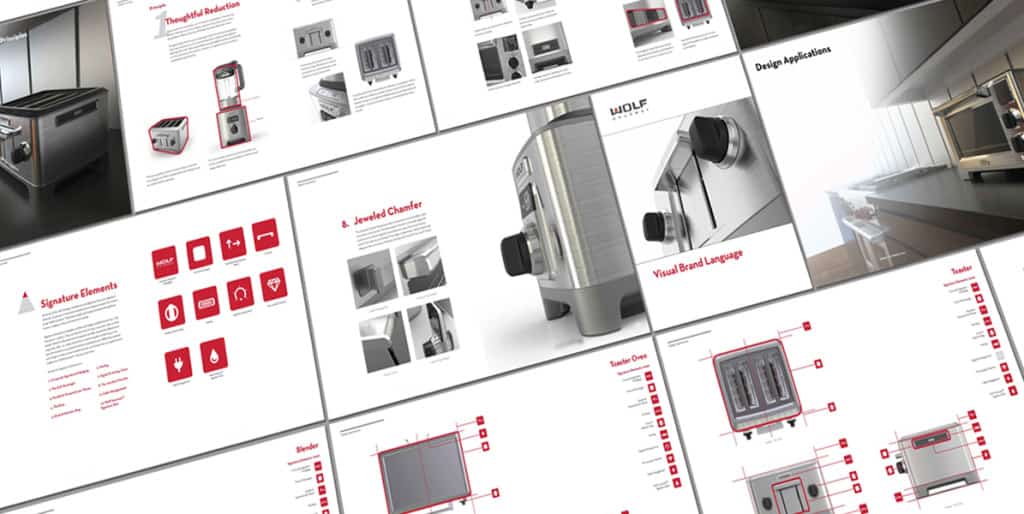
The third layer of the pyramid is your Brand’s Design Principles. These are the fundamental truths your brand needs to present to your audience to deliver on its brand promise. They are a shared set of guideposts for the organization, used to inform the stakeholders responsible for new products, and product experiences on how your customer or end-user should feel when interacting with your brand. They’re thematic, macro-level truths but more action-oriented; they’re essentially cues for how you should design your brand’s touchpoints; this can be anything from the tactile feedback of a button on an interface design to an overarching strategy for a product line. If you want to deep dive design principles your can visit our blog article on the subject here.
4. Signature Elements
Finally, at the top of the VBL pyramid are “Signature Elements.” Signature elements are tangible embodiments of design Principles and are scalable and repeatable across multiple product offerings. They’re the most highly specified brand cues, semantically communicating your brand’s personality through things such as form, texture, light, sound, behaviors, and interactions. Call it brand at-a-glance. They can take the form of a logo, corporate colors, specific interactive behaviors, or the details of a product. Think of the Nike Swoosh, the blue screen of the Nest Thermostat, Tiffany Blue®, or the front kidney grill of BMW. When done right, you know the brand in a second, and it means something to you.
We want to emphasize the words’ principles and elements here. Rather than using strict “rules,” products can still have their own personalities while looking cohesive; they’re simply tied together by common ingredients. A product design language is not meant to be a Xerox machine — not everything in your product line must look exactly the same, and you can still allow for some creative expression within the design system (ever heard the saying, “creativity comes from constraint”?).
THE ART OF BUILDING A PRODUCT DESIGN LANGUAGE
Fixed v. Flexible
While a product design language is not meant to be restrictive, they do exist on a spectrum from fixed to flexible in terms of how rigid and strictly enforced companies want — or need — them to be. A larger, free-thinking organization with thousands of designers might wish to have a looser language based on high-level principles for maximum flexibility. A small company with a limited set of designers who focus on execution may want a prescriptive language that makes it easier to launch products more quickly. A partner like THRIVE will diagnose where you are on that spectrum and deliver what we think your organization needs.
Another thing to note about product design languages: they evolve.
Product design languages are meant to change as aesthetic and behavioral preferences change and product portfolios expand. That’s part of why our design language construction all stems from establishing your core brand values — so we can create styleguides and guidelines based on what the brand stands for and how it connects to consumers emotionally. Factors that won’t necessarily change even as the marketplace does, whether in consumer taste or competitive landscape. We’d like to note that there will come a time for a change (it comes for every organization), but knowing how to establish a product design language also gives you a lot of the tools needed to evolve it when the time comes.
With a robust and modern product design language, products pop — emotionally and visually. So, consider creating a powerful design language. It can be the key to being seen, recognized, differentiated, and ultimately successful.
Ready to get started on your own product design language? Contact THRIVE today to get started!


